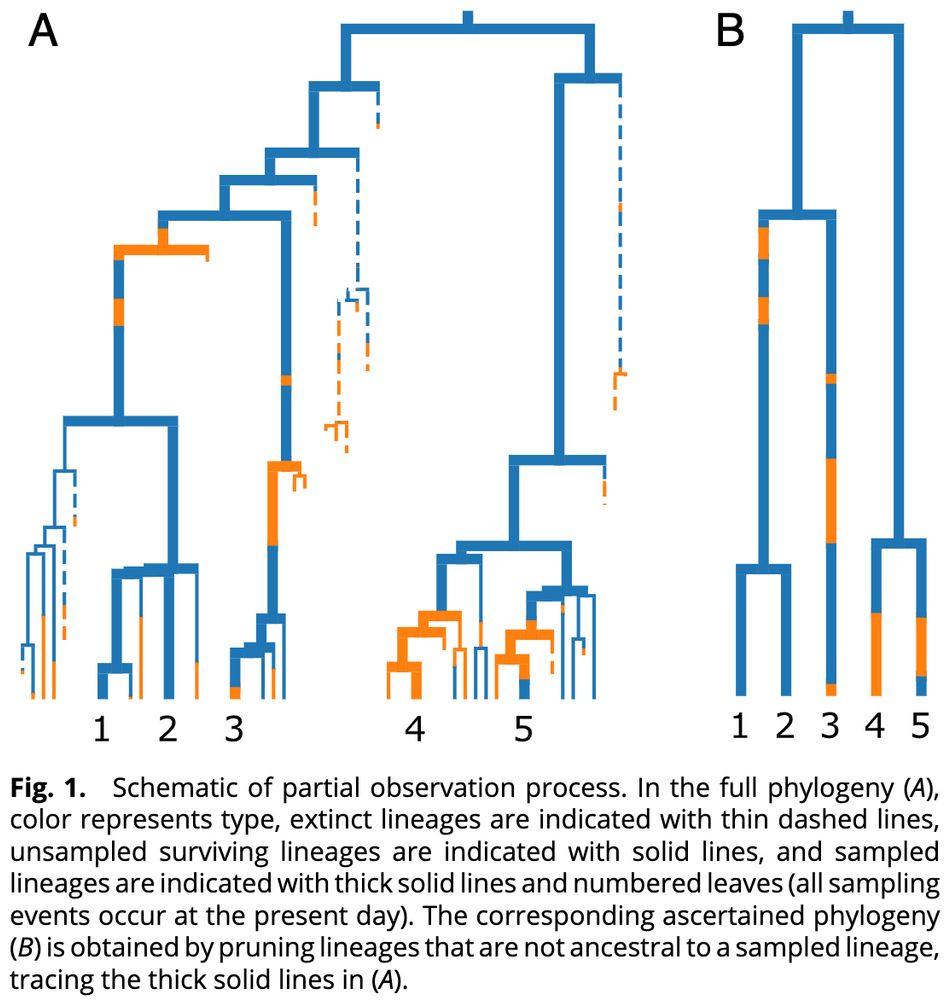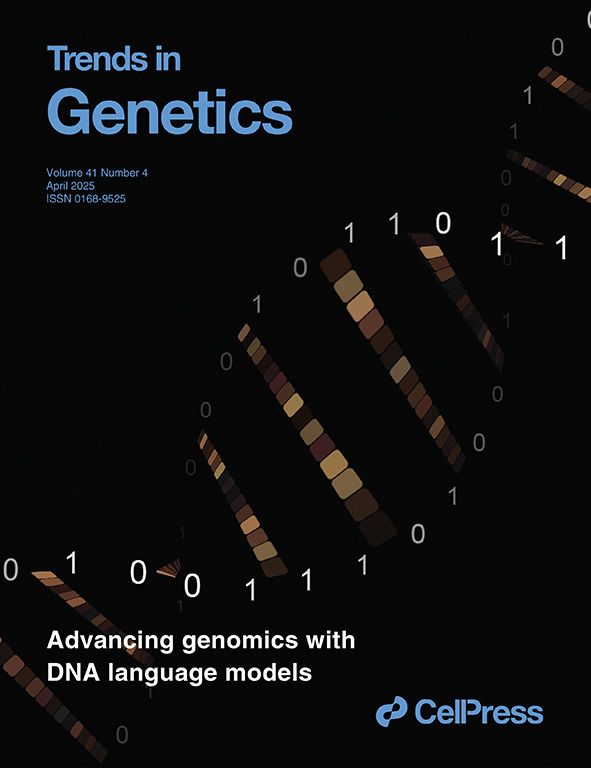(8/n)

(8/n)
(7/n)

(7/n)
(6/n)


(6/n)
(5/n)

(5/n)
(4/n)

(4/n)
(2/n)

(2/n)
www.biorxiv.org/content/10.1...
(1/n)

www.biorxiv.org/content/10.1...
(1/n)











6/n

6/n
3/n

3/n
1/n

1/n

4/n

4/n
Browser: genome.ucsc.edu/s/gbenegas/e...
3/n

Browser: genome.ucsc.edu/s/gbenegas/e...
3/n

doi.org/10.1101/2025...
1/n

doi.org/10.1101/2025...
1/n
5/7

5/7
4/7

4/7

